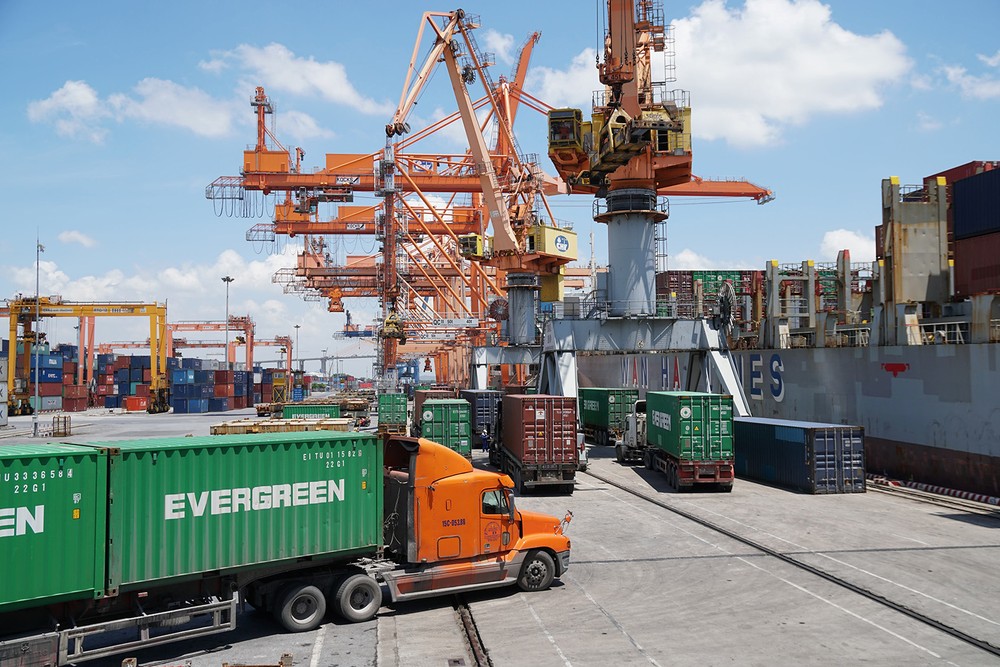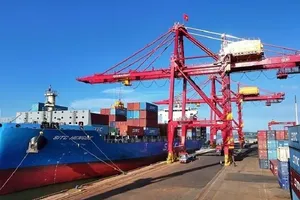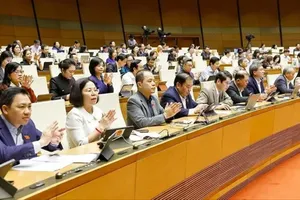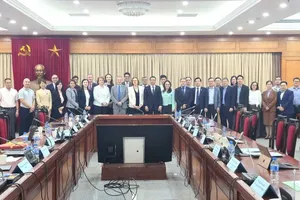
Vietnam, with a population exceeding 100 million, has fewer than 1 million registered businesses. In contrast, Malaysia, with a population of just 34.11 million, has nearly 1.2 million businesses. Thailand, home to 65.93 million people, hosts approximately 3.2 million firms, while Indonesia, with a population of over 282 million, has 65.5 million enterprises.
Based on the above data, Vietnam has approximately one business for every 100 people. In comparison, the ratio is significantly higher in other countries: 29.06 in Malaysia, 20.68 in Thailand, 20.23 in Singapore, and 4.31 in Indonesia. For broader context, the United States has 10.24 businesses per 100 people, while South Korea reports 8.21, according to figures published by the Asian Development Bank in 2023.
One contributing factor to Vietnam’s lower ratio is the widespread presence of business households—a concept unique to Vietnam. In many other countries, all economic activities are required to be registered as formal enterprises, complete with business licenses, tax identification numbers, and full tax obligations. This structural difference significantly impacts business statistics and formalization levels.
Enterprises are commonly categorized by size: large enterprises (over 100 employees), medium enterprises (20–99 employees), small enterprises (5–19 employees), and micro enterprises (1–4 employees). In Vietnam, however, there remains a prevailing mindset that an enterprise must be sizable, led by a prominent director, and involve substantial operations. As a result, many do not recognize a business with only one or two individuals as a legitimate enterprise.
This perception contributes to the classification of "business households" as a separate entity from formal enterprises. Consequently, business households are managed under a different regulatory framework—typically subject to lump-sum taxation rather than standard tax types such as value-added tax or corporate income tax.
Economic experts believe that Vietnam should abandon the concept of business households and instead convert them into private micro and small enterprises. If 80 percent of non-agricultural business households made this transition, Vietnam would gain 4.8 million enterprises with business parameters similar to other countries worldwide.
Achieving double-digit GDP growth within the next 10-15 years necessitates commensurate double-digit expansion of the private economic sector. To facilitate effective monitoring, evaluation, and policy formulation, the national statistical agency must consistently calculate and disseminate comprehensive data regarding the private sector's contribution to the overall economy.
Many conferences and seminars have been held to address the development of the private enterprise sector. Notably, during a working session with the Central Policy and Strategy Committee on February 24, 2025, General Secretary To Lam emphasized the need to advance institutional reform and enhance the business environment. He explicitly outlined key policy objectives including to reduce administrative processing time and business-related costs - comprising informal expenses - by at least 30 percent, and to eliminate no less than 30 percent of unnecessary business conditions. These targets reflect a strategic push toward regulatory simplification and improved operational efficiency for firms. Vietnam aims to rank among the top three most attractive investment destinations in ASEAN within the next 2-3 years.
Just over ten days later, on March 7, during a follow-up session with the Central Policy and Strategy Committee on private economic development, General Secretary To Lam reaffirmed the central role of the private sector, stating that the private economy is the most important driving force for economic growth.
In the short term, it is essential to restore and strengthen the confidence of the private business community. This can be achieved by directing and applying pressure on ministries, agencies, and local authorities to fully and consistently implement Government Resolution No. 02, which outlines key tasks and solutions for improving the business environment and enhancing national competitiveness.
The Government can establish a steering group to implement Resolution 02 headed by the Permanent Deputy Prime Minister, with a working group of officials from the Government Office, experts, and representatives of business associations.
Accordingly, the Government and the Prime Minister regularly identify business-related obstacles, difficulties, and regulatory barriers on a monthly and quarterly basis. Specific responsibilities are assigned to relevant ministers and chairpersons of local People’s Committees, who are tasked with addressing and resolving these issues. The Government also issues resolutions and directives aimed at promptly eliminating legal bottlenecks and barriers, based on a systematically compiled and prioritized list of concerns.
Following General Secretary To Lam's guidance, the Government is actively addressing the efficient utilization of national resources, specifically focusing on resolving issues related to halted planning, procedurally challenged projects, vacant public land, disputed assets, and long-standing legal disputes.
In 2025, it is imperative to concentrate resources on removing legal barriers affecting thousands of investment projects, thereby unlocking capital flows and accelerating the conversion of these projects into productive capacity for the economy. Simultaneously, efforts must be made to decisively address the issue of suspended planning. Specifically, any plans not incorporated into the integrated development plans—at the provincial, regional, or national level—approved by competent authorities should be revoked.
Regarding public land and assets attached to unused land, including those managed by state-owned enterprises and public service units, the responsible organizations and units must be required to develop and submit plans for utilization—such as sale, contractual transfer, or lease—for approval by the appropriate authorities, with the goal of ensuring their immediate and effective deployment.
























